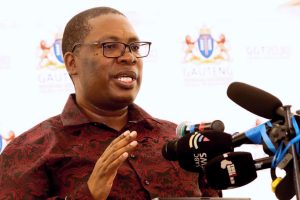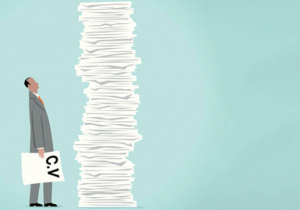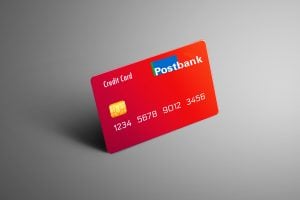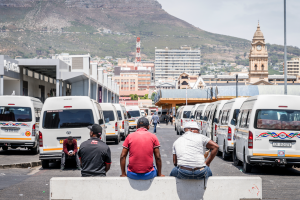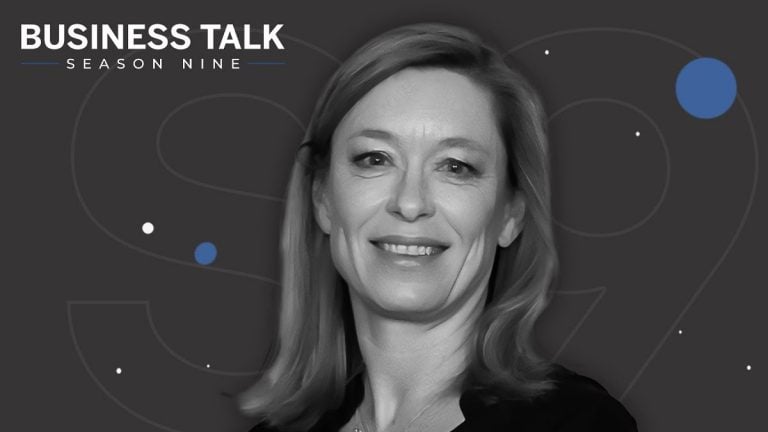Cost of living crisis: middle-class South Africans need to find an extra R9,000 every month

Economists have flagged South Africa’s fiscal crisis, a weakening rand, and the consequences of poor governance – painting a bleak future for the average South African as the cost of living crisis deteriorates.
South African Reward Association member Kirk Kruger said South Africans are among the most indebted people in the world, with as much as 73% of disposable household income servicing debt repayments.
“We find ourselves in an environment of rising interest rates, high levels of unemployment, and escalating food and energy prices,” Kruger said.
“Many people are facing extraordinary financial headwinds and struggling to service their debt on home loans, vehicle loans, credit cards and overdrafts.”
“These interest rate hikes have significantly impacted the cost of repaying loans, and this has been felt by the average South African consumer,” Kruger added.
He noted that the interest rate has increased by close to 5% in the last two years and used the example of a South African salary earner – reflective of the country’s middle class – to illustrate this impact.
A middle-class South African with a bond of R1.5 million, a car loan of R300,000, and a personal loan of R50,000 is now paying approximately R5,438 more per month on loan repayments compared to November 2021, he said.
This means this person will need to earn R8,915 more per month at a gross level to have the extra R5,438 after tax. That is more than a R106,000 per year.
This illustration serves as a double blow when considering the fact that, on average, analysts, businesses and trade union groups expect salaries and wages to increase by only 5% in 2023 and to then gain momentum to 5.4% in 2024.
However, inflation is touted to exceed this expectation – meaning many South Africans aren’t benefiting from any increases but rather only getting poorer.
Other economists say the petrol increase has come at a bad time and will likely push inflation back quite a bit above 5%. “With this petrol price coming through with the currency a bit weaker, I think the Reserve Bank will be nervous, with the distinct possibility that it will push interest rates up again.
“Obviously, that then hurts even more because you’ve still got to pay for the higher petrol price, the higher energy price, the higher food price,” said Chief Economist at Stanlib Asset Management, Kevin Lings.
Private economist Azar Jammine predicts the government may be forced to increase VAT come the mid-term budget speech on 1 November, which will put further pressure on consumers, especially the poor.
Jammine said this would be done to fund the government’s overspending, which has reached a point where interest owed on the loans it has incurred accounts for 20% of total government revenue.
Efficiency group economist Dawie Roodt was even more blunt about the cost pressures to come.
He explained that The private sector will withdraw its funding to plug the fiscal deficit gap, and, in fact, they are already doing that.
“Within the next two to three years, the private sector will say, ‘enough is enough’ and stop funding the state. Many bad things will then happen.” This includes long-term interest rates shooting up and the rand coming under immense pressure.
“I can easily see the rand going to R25 or R30 to the US dollar in the next two to three years. Long bonds can go from 25% to 20%,” Roodt said. He added that inflation could rise from the current 5% to well above 10% amidst the state’s poor financial situation.
Roodt noted that the next five years in South Africa will be a rough ride.
“The ANC government has run local governments, state-owned enterprises, and the national accounts into the ground, and with (the party) expected to remain in power for the next five years, it is unlikely that anything will change. In fact, it will likely get worse,” Roodt added.
Read: 8 expenses that are easy to lose track of – and how to manage them


